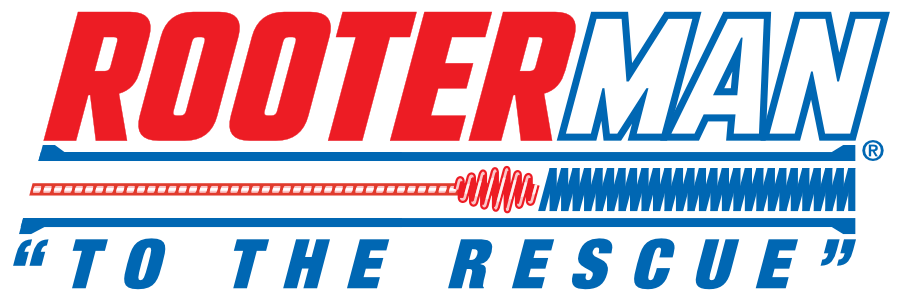Begin Removing Popcorn Ceiling in Olive Branch
Popcorn ceilings, also known as cottage cheese ceilings or acoustic ceilings, were a popular choice for homeowners in the mid-20th century. However, as styles and trends have evolved, many homeowners in Olive Branch, Mississippi, are now looking to remove these dated ceilings. Whether you’re a new homeowner or simply ready for a change, removing the popcorn ceiling can be a daunting task. However, with the right knowledge and preparation, it is a manageable project that can have a significant impact on the overall aesthetics of your home.
Popcorn Ceiling and Its Challenges
Before getting started on removing the popcorn ceiling, it’s important to understand what it is and why it presents challenges. Popcorn ceiling is a textured ceiling treatment that was popular in the 1950s to the 1980s due to its ability to hide imperfections and dampen sound. However, the textured surface can be difficult to clean and may contain asbestos in older homes, which poses health risks if disturbed. Furthermore, the texture can make painting a challenge and can create a dated appearance in modern homes.
In addition to aesthetic considerations, the removal process itself can be messy and time-consuming. It requires careful preparation to ensure that the underlying ceiling is not damaged during the removal process. Understanding these challenges and the potential health risks associated with asbestos is crucial before diving into the project.
Preparation and Safety Measures
Before embarking on the task of removing popcorn ceiling, it is essential to take the necessary preparation and safety measures. This includes:
1. Testing for Asbestos: Homes built before 1980 may have popcorn ceilings that contain asbestos. It’s crucial to have a sample tested by a professional to determine the presence of asbestos. If found, it’s best to hire a licensed asbestos abatement professional to remove it safely.
2. Room Preparation: Clear the room of all furniture and cover the floors and walls with plastic sheeting to protect them from dust and debris. Remove light fixtures and cover electrical outlets.
3. Personal Protective Equipment (PPE): Wear a respirator, safety goggles, and protective clothing to prevent inhalation of dust and debris during the removal process.
Taking these preparation steps and safety measures is vital to ensure the smooth and safe removal of the popcorn ceiling.
Methods for Popcorn Ceiling Removal
There are several methods for removing popcorn ceiling, each with its own pros and cons. The most common methods include:
1. Scraping: This method involves using a putty knife or a specialized ceiling scraper to manually remove the textured surface. While effective, it can be labor-intensive and may create a significant amount of dust.
2. Wet Removal: This method involves spraying the popcorn ceiling with water to soften the texture before scraping it off. This approach can minimize the amount of dust generated during the removal process.
3. Covering: An alternative to removal is covering the popcorn ceiling with a new layer of drywall or ceiling panels. This method is less disruptive and can provide a fresh, modern look to the ceiling.
The choice of method will depend on various factors, including the condition of the ceiling, the presence of asbestos, and personal preference. Consulting with a professional can help in determining the most suitable method for your specific situation.
Finishing and Repairs
Once the popcorn ceiling has been removed, it’s important to address any damage or imperfections on the underlying ceiling. This may involve patching, sanding, and priming the surface to create a smooth and even finish. Additionally, consider applying a fresh coat of paint to complete the transformation.
To summarize
Removing popcorn ceiling can be a challenging yet rewarding home improvement project. By acknowledging the nature of popcorn ceiling, taking necessary safety precautions, choosing the right removal method, and finishing the ceiling with care, homeowners in Olive Branch, Mississippi, can update the look of their homes and enhance their living spaces. While the process may require time and effort, the end result is a more modern and aesthetically pleasing interior.







